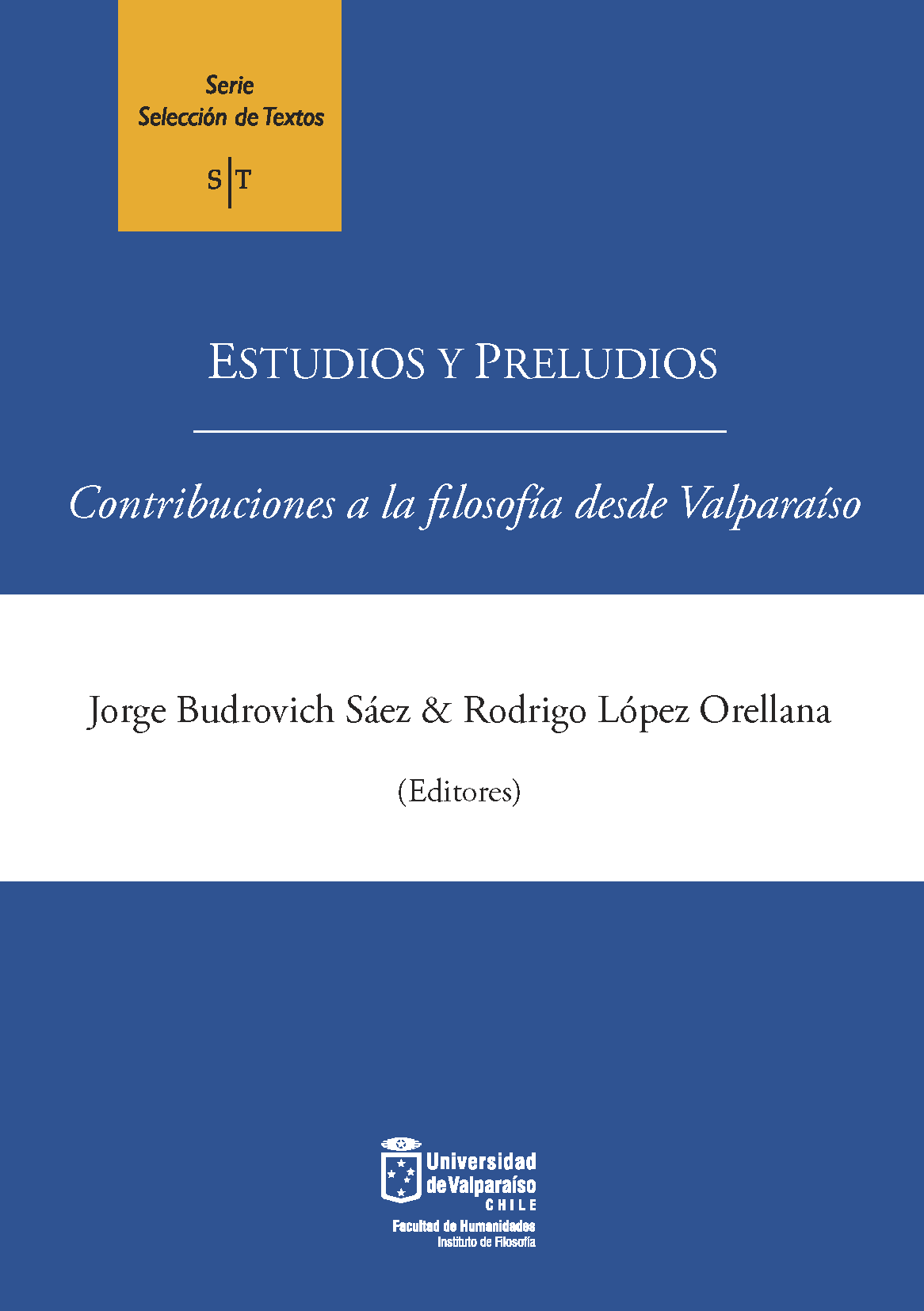La fotografía zombi en la cultura popular. Notas críticas
DOI:
https://doi.org/10.22370/sst.2015.5.5141Palabras clave:
FOTOGRAFIA, ZOMBI, CULTURA, LENGUAJE, PODERResumen
En oposición a la cada vez más extendida teoría de la muerte de la fotografía (Belting, 2007; Ritchin, 2009), el artículo se propone defender el uso político de la fotografía tomando como elemento de análisis la temática zombi en la cultura popular. Para ello se presentan dos tesis fundamentales, íntimamente relacionadas: la primera es que la fotografía contribuye a la deconstrucción del lenguaje y los discursos de poder de las sociedades capitalistas pos atentados terroristas del 11/S; y la segunda es que la decadencia de una sociedad se evidencia, en primer término, a través de la degeneración de su lenguaje. La imbricación de estas tesis pretende rescatar la función de la fotografía apelando a su genealogía política, pero aceptando que es necesaria una revisión del ejercicio fotográfico debido a la aparición del soporte digital. Así concebida, la fotografía forma parte de un ejercicio narrativo que contribuye a la construcción de comunidad, identidad e historia.
Descargas
Referencias
Barthes, R. (2006): La cámara lúcida. Nota sobre la fotografía. Madrid: Paidós 10° Edición.
Baudelaire, CH. (1964): El pintor de la vida moderna. Nueva York: Da Capo Press.
Beck, U. y Beck-Gernsheim, E. (2003): La individualización. El individualismo institucionalizado y sus consecuencias sociales y políticas. Paidós Ibérica, Estado y Sociedad 114.
Belting, H. (2007): Antropología de la imagen. Buenos Aires: Katz Ediciones.
Benjamin, W. (2011): Breve historia de la fotografía. Casimiro Libros.
Birkenstein, J., Froula, A & Randell, K. Reframing 9/11. Film, Popular Culture and the “War of Terror”. Estados Unidos: Continuum International Publishing Group, 2011.
Bishop, K. W., American Zombie Gothic. The Rise and Fall (and Rise) of The Walking Death in Popular Culture, McFarland & Company, Inc., Publishers.
Borges, J.L. (2011): Obras completas I (1923-1949). Buenos Aires: Editorial Sudamericana.
Bourdieu, P. (2003): Un arte medio: Ensayo sobre los usos sociales de la fotografía: Gustavo Gili.
Buck-Morsa, S., “El flâneur, el hombre-sandwich y la puta: las políticas del vagabundeo”, en New German Critique N°39, Second Special Issue on Walter Benjamin (Autumn, 1986).
Campbell, J. (1991): El poder del mito. Barcelona: Emecé, Colección Reflexiones, 314 pp.
Cortes, Cecilia (2007): Las huellas del tiempo, el uso político de la fotografía. Universidad de Buenos Aires.
Cuvardic García, D. (2012): El flâneur en las prácticas culturales, el costumbrismo y el modernismo. París: E-book.
Chalfen, R. (1987): Snapshot Version of Life. Bowling Green State University Popular Press.
Chalmers, D. (1999): La mente consciente. Barcelona: Gedisa.
Dubois, P. (1986): El acto fotográfico. De la representación a la recepción. Barcelona: Ediciones Paidós.
Fernandez Gonzalo, J. (2011): Filosofía Zombi. Madrid: Editorial Anagrama.
Fontcuberta, J. (2010): La cámara de Pandora. La fotografía después de la fotografía. Barcelona: Editorial Gustavo Gili, SL.
Friedberg, A. (1991): Les Flâneurs du mal (l): Cinema and the Postmodern Condition, PMLA, Vol. 106, No 3, May.
Gibran, L. (2013): “Psicoanálisis y monstruosidad”, Revista Consecuencias, Edición N°10, junio de 2013; Disponible en http://www.revconsecuencias.com.ar/ediciones/010/template.asp?arts/Aplicaciones/Psicoanalisis-y-monstruosidad.html.
Harrison, B. (2004) Snap Happy: toward a sociology of everyday photography. In C. Pole (ed.) Seeing is Believing?: Approaches to Visual Research (Vol. 7, pp 23-39): JAI Press.
Jenks, C. (1995) Watching your step: The History and Practice of the Flaneur, Visual Culture. Ed. Chris Jenks. NY: Routledge.
Lipovetsky, G., (1986): La era del vacío. Ensayos sobre el individualismo contemporáneo. Barcelona: Anagrama.
Mitchell, W. (1992): The Reconfigured Eye: Visual Truth in the Post-Photographic Era, Cambridge, Mass., MIT Press.
Mirzoeff, N. (1999): An introduction to visual culture. Londres, Routledge.
Moulián, T. (1998): El consumo me consume. Santiago: LOM.
Poe, E. A. (2012), Cuentos Completos. Traducción de Julio Cortázar, 2° reimpresión. Buenos Aires.
Ritchin, F. (2009): After Photography. Nueva York: W.W. Norton & Company, Inc.
Sloterdijk, P. (2007): El palacio de cristal, Conferencia pronunciada en el marco del debate “Traumas urbanos”; La ciudad y los desastres”, Centro de Cultura Contemporánea de Barcelona, CCCB, 2004.
Smart, B. (1994): “Digesting the modern diet: gastro-porn, fast food and panic eating”, in K. Tester (ed.) The Flaneur (Routledge, London), pp. 158-80.
Sontag, S. (2006): Sobre la fotografía. México D.F.: Alfaguara.
Van Dijck, J. (2007): Mediated memories in the digital age. Standford: Stanford Univ. Press.
Venegas Ahumada, C. (2011): “El Mall Plaza: su página web y arquitectura como espacios de fantasma y fantasía ideológica. Un psicoanálisis al sujeto de consumo”. Valparaíso, Revista Faro N°13, Universidad de Playa Ancha.
Zizek, S. (2005): La suspensión política de la ética. Introducción. Buenos Aires: FCE.
Descargas
Publicado
Número
Sección
Licencia

Esta obra está bajo una licencia internacional Creative Commons Atribución-NoComercial-SinDerivadas 4.0.


